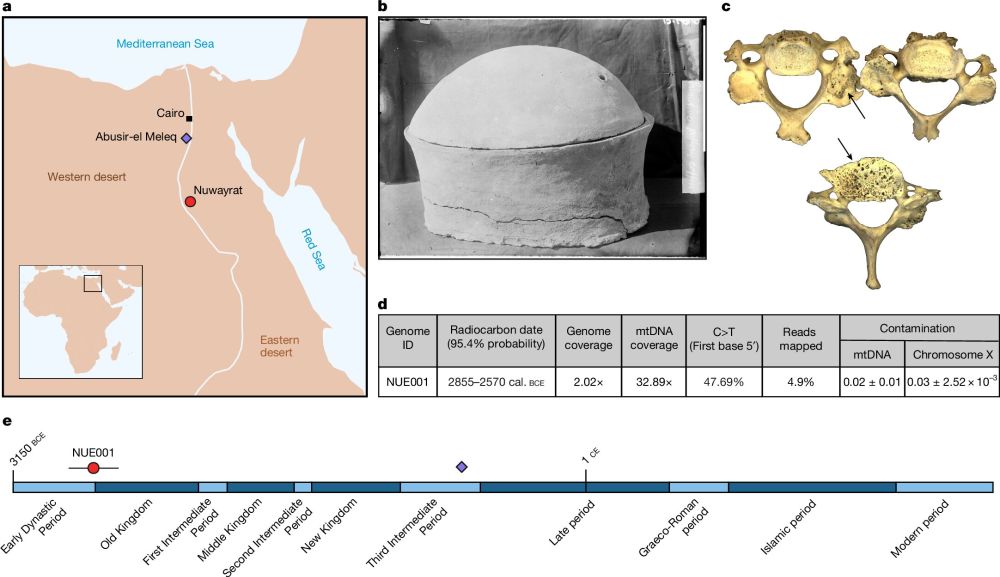

www.johnhawks.net/p/human-skul...

www.johnhawks.net/p/human-skul...
C. Mongle, Meave Leakey, @louiseleakey.bsky.social et al
www.nature.com/articles/s41...
Suggests P. boisei capable of tool making and use in some capacity while also supports proposed dichotomy of dietary adaptations between Paranthropus and Homo

C. Mongle, Meave Leakey, @louiseleakey.bsky.social et al
www.nature.com/articles/s41...
Suggests P. boisei capable of tool making and use in some capacity while also supports proposed dichotomy of dietary adaptations between Paranthropus and Homo
www.nature.com/articles/s42...
Examines the evolutionary context of human bipedalism by analyzing the morphology of 4.4 million-year-old hominin talus attributed to ARA-VP-6/500-023.

www.nature.com/articles/s42...
Examines the evolutionary context of human bipedalism by analyzing the morphology of 4.4 million-year-old hominin talus attributed to ARA-VP-6/500-023.
A new study published in Current Anthropology may have solved one of the largest mysteries of ancient Mesoamerica—the language spoken in Teotihuacan...
More information: archaeologymag.com/2025/10/teot...

A new study published in Current Anthropology may have solved one of the largest mysteries of ancient Mesoamerica—the language spoken in Teotihuacan...
More information: archaeologymag.com/2025/10/teot...

(of course, one might argue whether she would ever have chosen to write such a book or centre herself on its cover in the first place...)

(of course, one might argue whether she would ever have chosen to write such a book or centre herself on its cover in the first place...)
Learn more 🆓 doi.org/10.15184/aqy...
🏺 #Archaeology

Learn more 🆓 doi.org/10.15184/aqy...
🏺 #Archaeology

www.cambridge.org/core/journal...

www.cambridge.org/core/journal...
www.nature.com/articles/s41...
Signs of artificial cranial modification in a Late Upper Palaeolithic individual (AC12) from Arene Candide Cave, Italy (ca. 12,620–12,190 Cal BP)

www.nature.com/articles/s41...
Signs of artificial cranial modification in a Late Upper Palaeolithic individual (AC12) from Arene Candide Cave, Italy (ca. 12,620–12,190 Cal BP)

phys.org/news/2025-09...

phys.org/news/2025-09...
Learn more 🆓 doi.org/10.15184/aqy...
🏺
Learn more 🆓 doi.org/10.15184/aqy...
🏺


#Egypt #science
phys.org/news/2025-09...

#Egypt #science
phys.org/news/2025-09...
New U-series dates on the Petralona cranium,
a key fossil in European human evolution 🏺🧪
Christophe Falguères, Chris Stringer @chrisbstringer.bsky.social, et al
www.sciencedirect.com/science/arti...

New U-series dates on the Petralona cranium,
a key fossil in European human evolution 🏺🧪
Christophe Falguères, Chris Stringer @chrisbstringer.bsky.social, et al
www.sciencedirect.com/science/arti...

journals.plos.org/plosone/arti...

journals.plos.org/plosone/arti...
Vid soon!
www.nature.com/articles/s41...

Vid soon!
www.nature.com/articles/s41...





